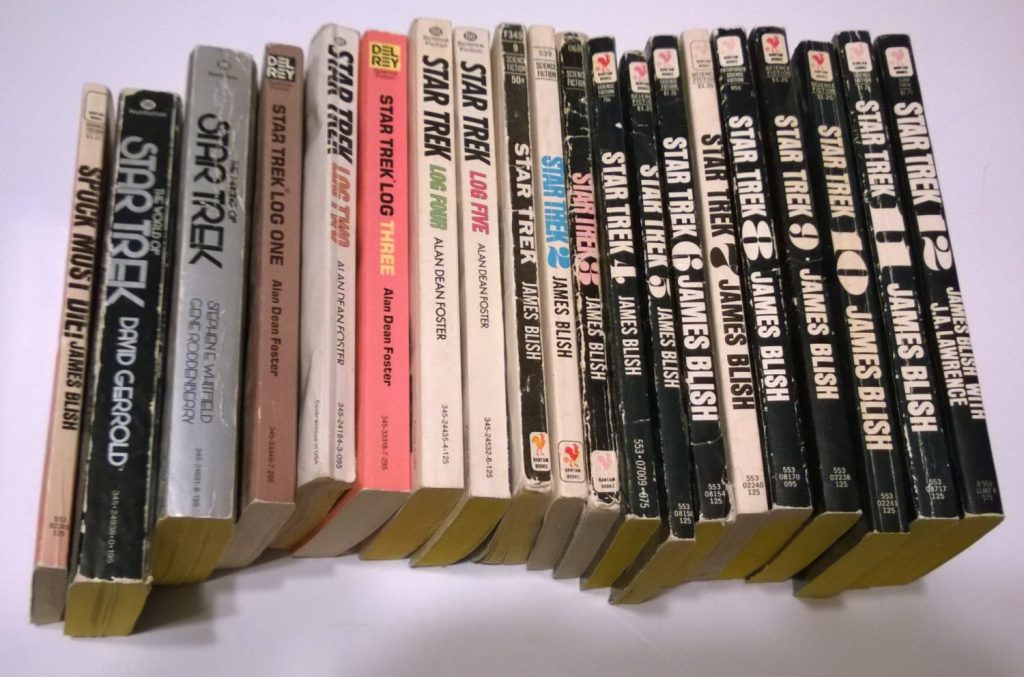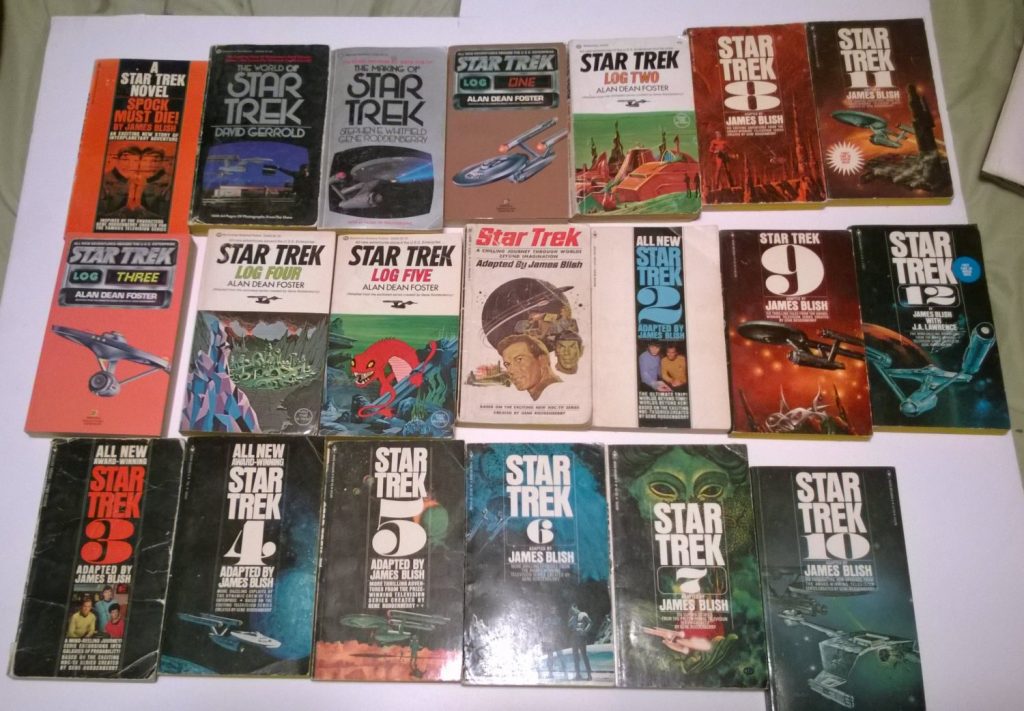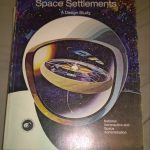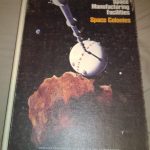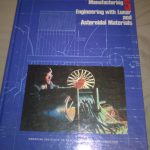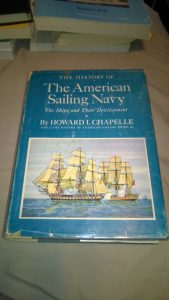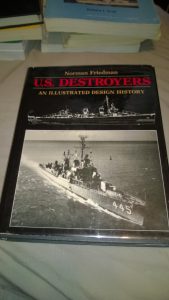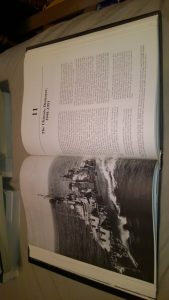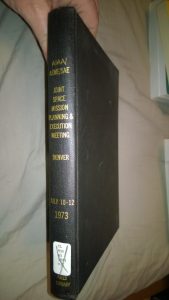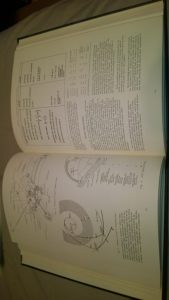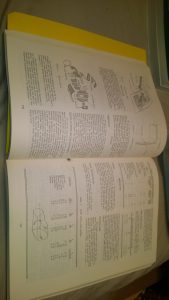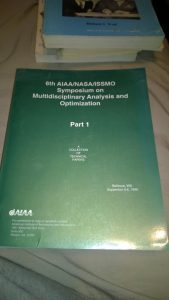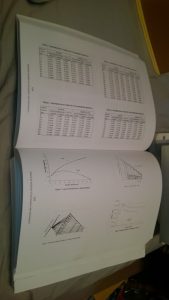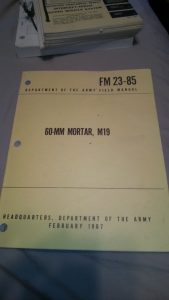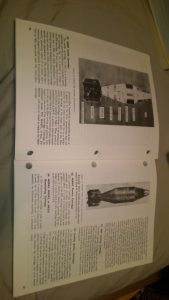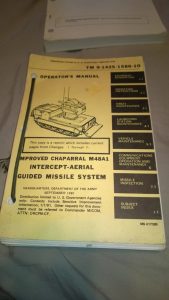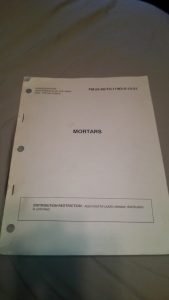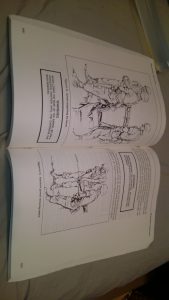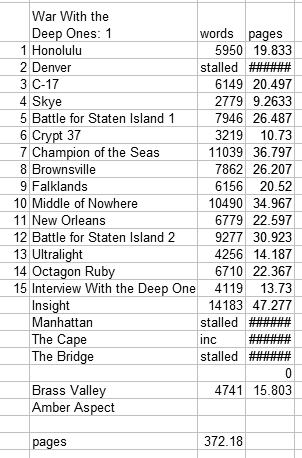The first thing I read was that “Who Goes There?” the excellent John W. Campbell Jr. novella that inspired “The Thing From Another World” and John Carpenters “The Thing,” was going to be expanded to novel-length. And this… made me go meh. The story was quite good enough as-is, and someone else cobbling together their own expansion… meh. Meh, I say. I mean, what kind of hack author thinks he can expand upon a story written many decades ago by a far better, far better *known* author? Feh.
And then within a few seconds of further reading it turns out that Campbell actually wrote the whole novel his own self but never had it published… and now it’s a-gonna-be. And *that* is worthy of note.
Frozen Hell: The Book That Inspired The Thing
It’s a Kickstarter to get it published in hardback. It currently has 38 days to go, and is sitting at $52,568 of its one thousand dollar goal.
“Who Goes There?” was first published in the August, 1938 “Astounding Science Fiction,” around a year after the death of H.P. Lovecraft, and about two and a half years after the publication of Lovecrafts “At the Mountains of Madness.” The two share a lot of similarities, and I bet Lovecraft would have gotten a hell of a kick out of “Who Goes There?” Heck, it would not take a whole lot of effort to rationalize “WGT?” into a sequel of “ATMOM.” The “thing” is actually just an evolved Shoggoth; it didn’t crash here from outer space, but instead it crashed *back* into Antarctica when it tried to steal an Elder Thing craft of some type, then got frozen in the ice for a million years.
 First come, first served… unless someone asks for both lots within the next day or so.
First come, first served… unless someone asks for both lots within the next day or so.